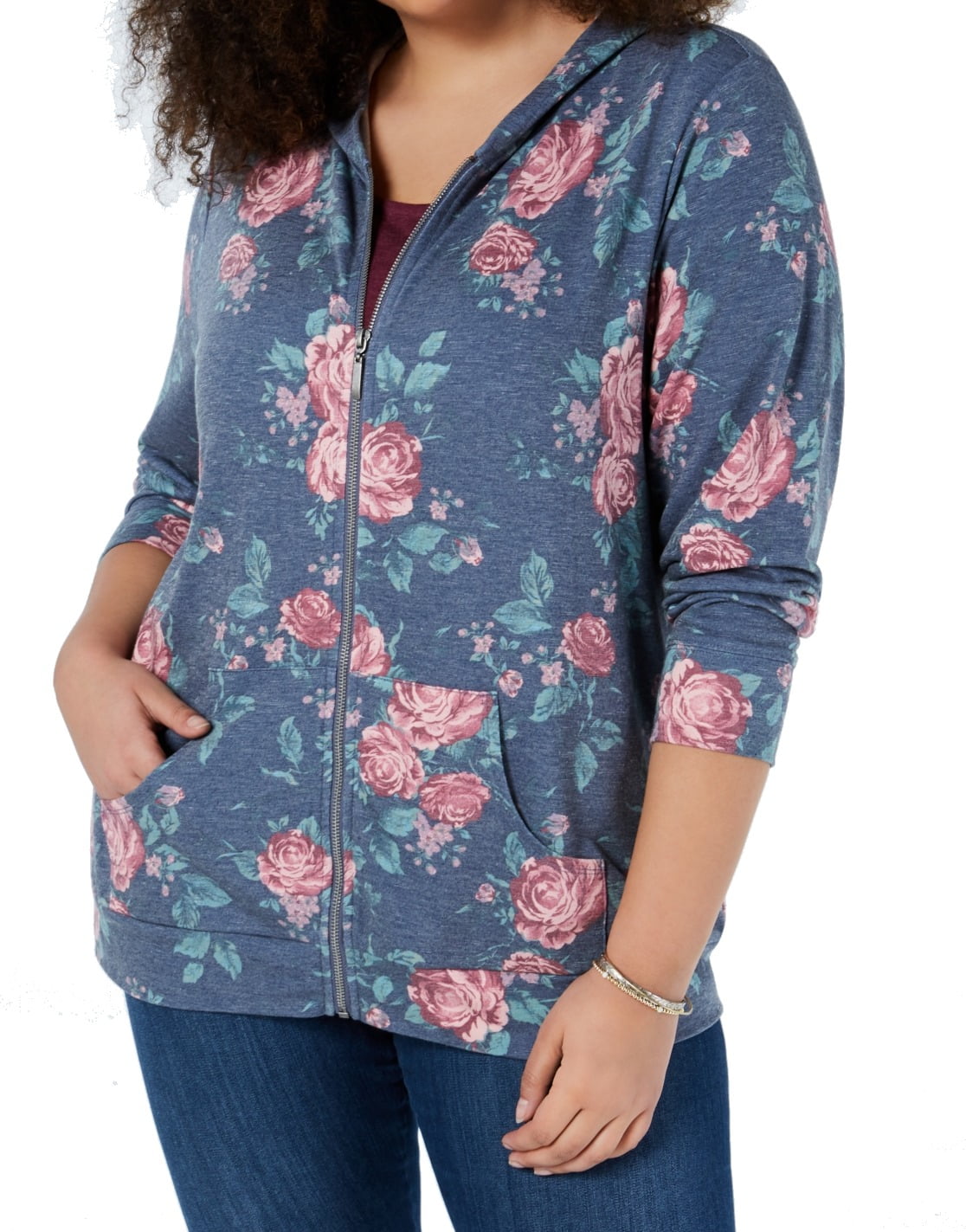Sweatshirts are long-sleeved, pullover shirts that are typically composed of thick cotton. They are generally worn as casual clothing, and are not as dressy as sweaters or cardigans. They may not have the or hood. If you're interested in buying a sweatshirt, here are some tips:
Norma Kamali spread the appeal of sweatshirts
Since the late '70s and into the late '70s, Norma Kamali has transformed the basic sweatshirt into an art. Her designs are now an essential part of all women's wardrobes. sweat shirts from a tummy-tucking crew neck , to leather paneled sweatshirts. She has also created clothing with unusual designs, like tanks with long trumpet skirt.
The collaboration of the designers and the sweatshirt maker Everlast resulted in her Timeless collection, which was a huge hit when it was featured in the spring catalog of Spiegel. The collection offered knits that could be interchangeable or convertible in classic shapes and a lot of pieces were priced under $20. Even even if The Norma Kamali Timeless collection wasn't sold in stores, fans could still find the pieces through eBay as well as Poshmark.
Merino wool sweatshirts feel more comfortable than soft sweatshirts.
Merino wool is well-known for its ability to wick moisture away which help to keep you comfortable and dry. This is a naturally-occurring fiber and also has a smoother feel. The fabric also dries quickly compared to other natural substances. Additionally, merino is a renewable resource. The merino sheep shed coats every year and regrow new ones.
The warmth-to-weight ratio of merino wool is what makes it a popular choice for sweatshirts. It helps to regulate body temperature due to its loft that naturally traps heat between the fibers. This is why Merino wool sweatshirts are ideal for outdoor activities in the summer, such as mountain biking, hiking and running. The warmth they provide ensures that the wearer stays well-hydrated and cool, something that is important when exercising.
Zip-front hoodies have kangaroo pocket
Kangaroo pocket Hoodies are a very popular type of hoodies. These hoodies have a large pocket at the front which keeps your hands warm on chilly days. They are additionally more practical than conventional pockets, since they allow the hands to slide in and out easily.
The pockets of Kangaroos are usually big enough to accommodate an entire wallet or small personal items. They're typically large enough to accommodate one hand in a smaller size or even wide enough to fit two hands. They have wide openings on either side , and make them ideal for carrying small items.
French Terry fabric is a popular fabric for sweatshirts .
The French terry fabric is made of soft yarns that are knitted into loops and is typically midweight. It is also famous for its ability to wick away moisture and is pre-shrunk. French Terry is an excellent option for sweatshirts as it will keep you warm when you need it and also keeps your cool when you want to cool down.
French Terry is also a popular choice for casual wear, as it has enough stretch and flexibility to feel comfortable when you touch your body. It also allows for enough air to circulate through the fabric, which makes it ideal for layering under other clothes. Additionally, since it's lighter than other sweatshirts you can wear it all year round without feeling hot or cold.
Hoodies have classist connotations
While it may seem that hoodies are an appropriate clothing item for working class people however, in reality they carry classist connotations. Hoodies first became popularized in the early 1970s , in New York, where graffiti artists wore them to conceal their identities. In 1976 the hoodies made their big film debut in "Rocky," when the working-class title character wore grey sweats that were hooded during his memorable climb to the top of the Philadelphia Museum of Art.

Hoodies are often associated with death, destruction and other negative things, and yet they also serve practical purposes. For example, monks and priests may wear hoods to show respect and a sense of self-control.
